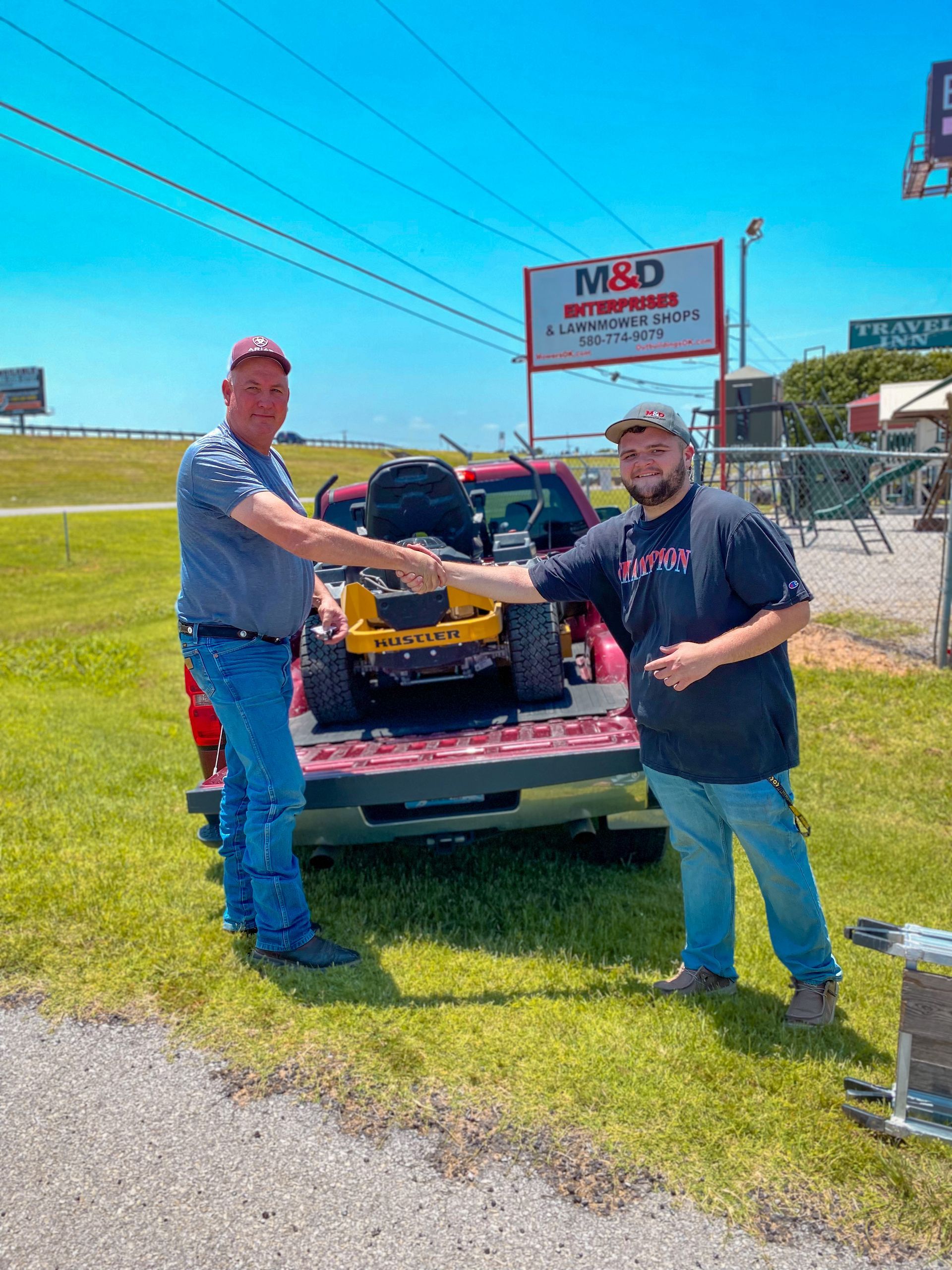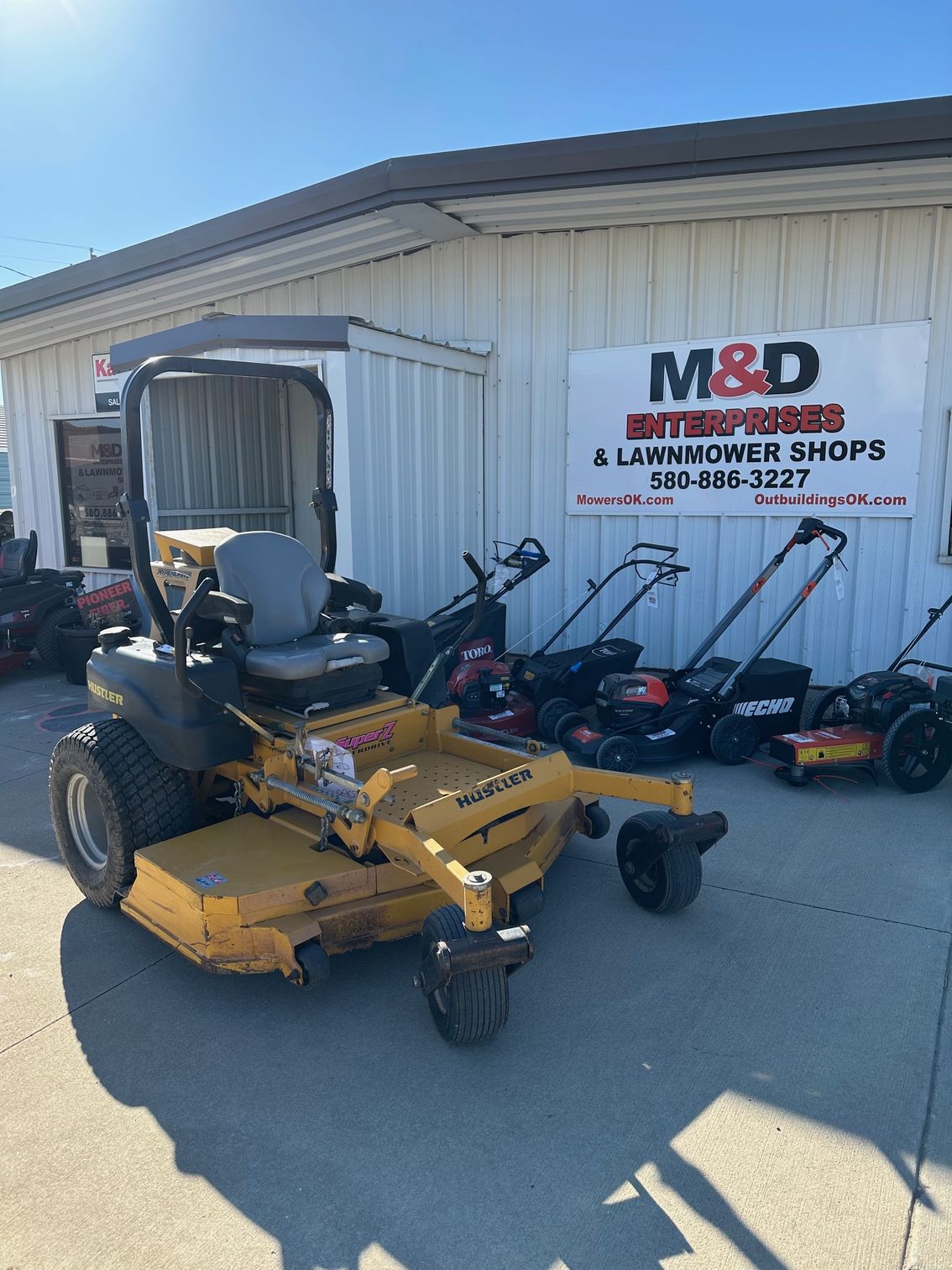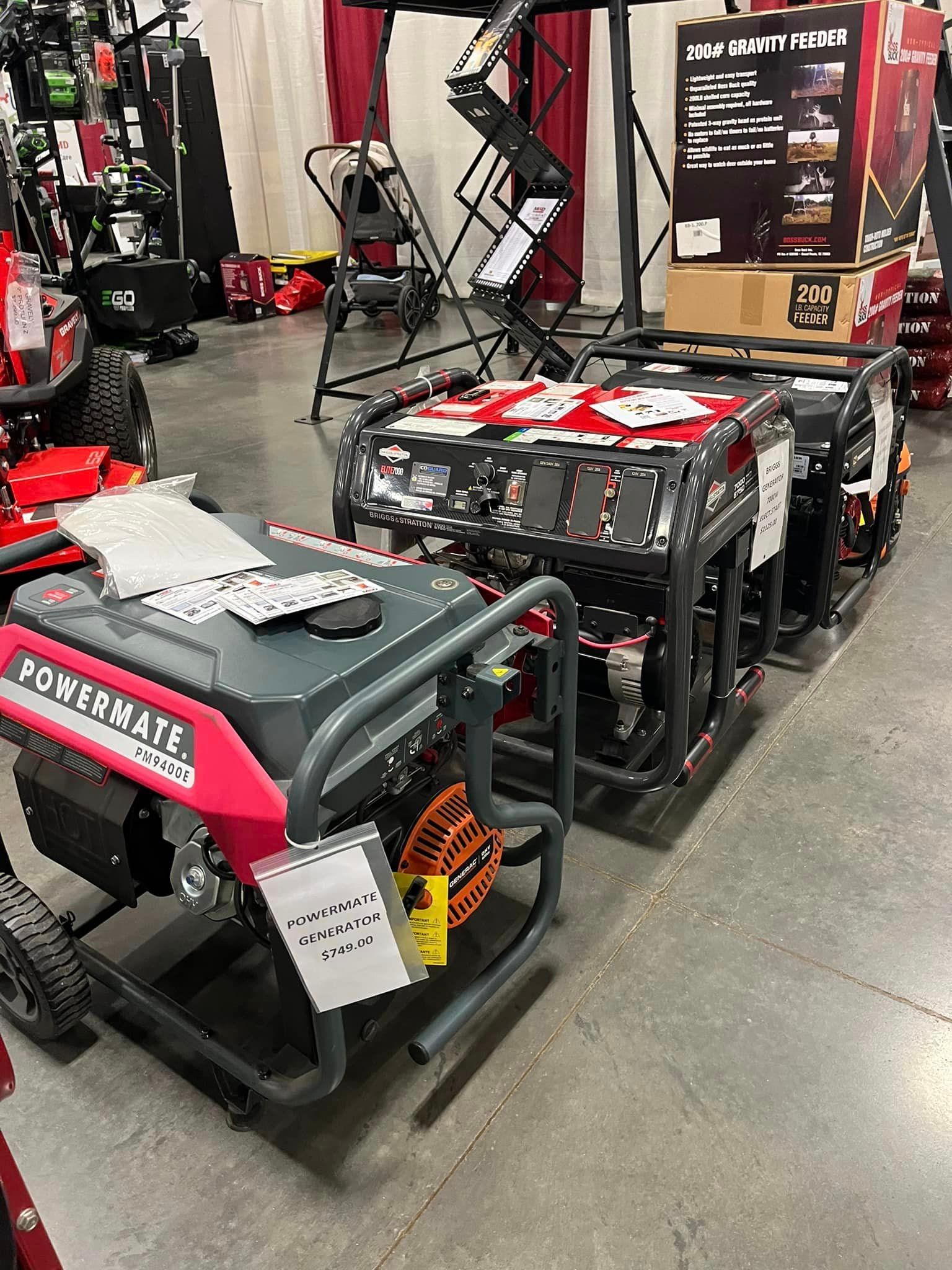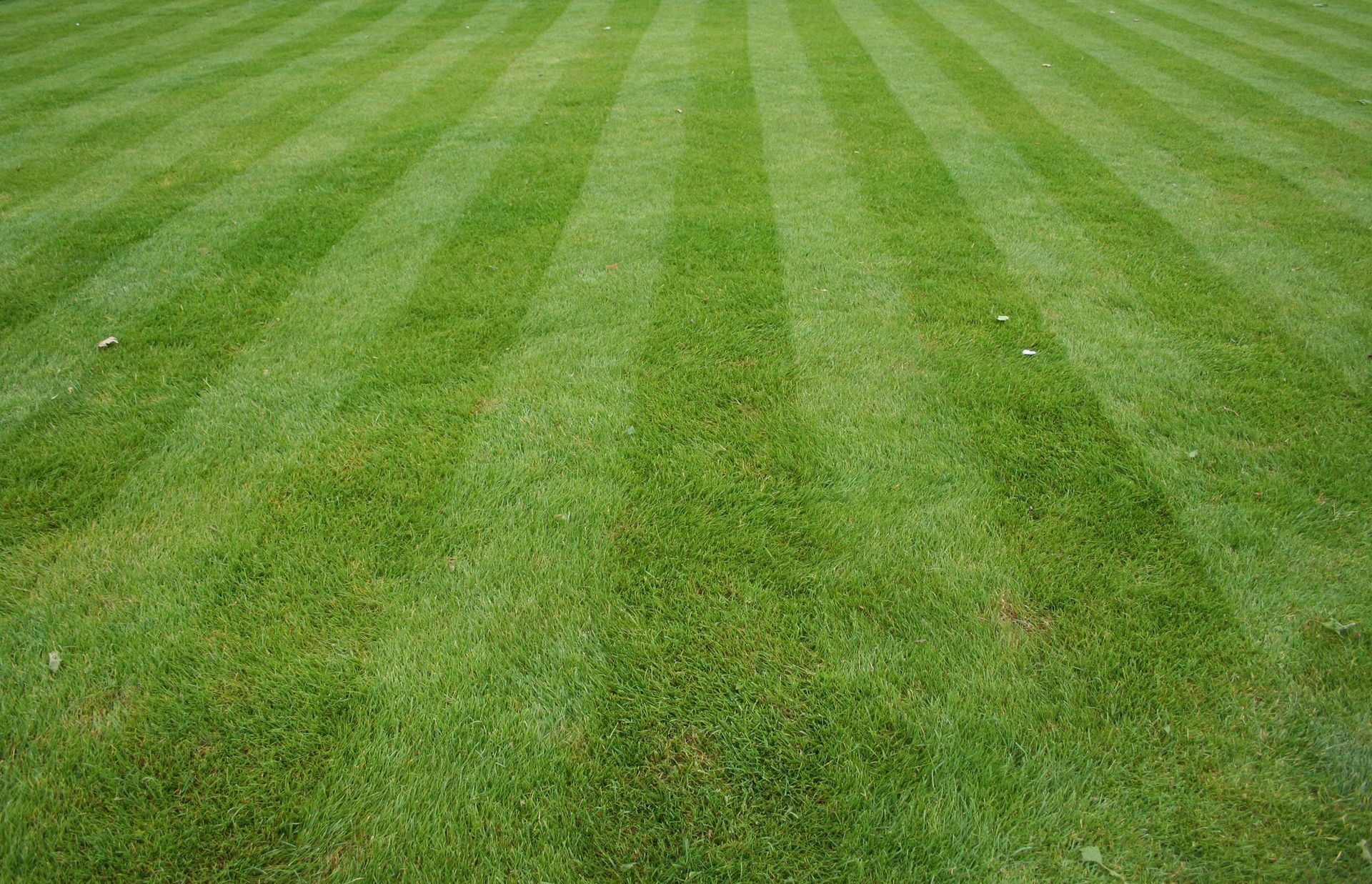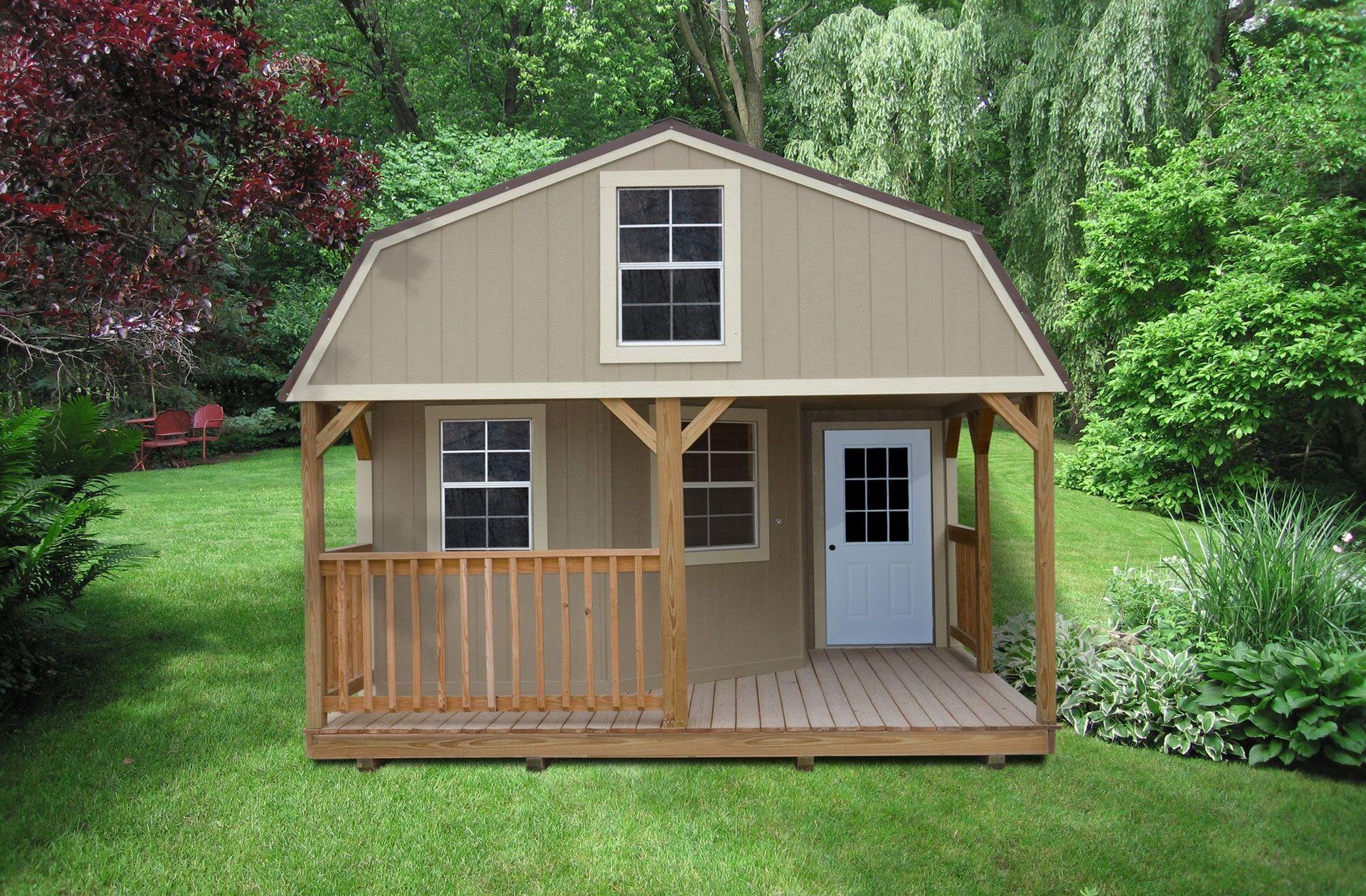Power Up Safely This Winter: Essential Generator Safety Tips
Prepare Before the Storm Hits
Keeping your home or business powered during a winter outage is crucial. Generators provide a reliable backup solution, but safety is paramount. Here's a guide from the Outdoor Power Equipment Institute (OPEI) to ensure safe generator use this winter:
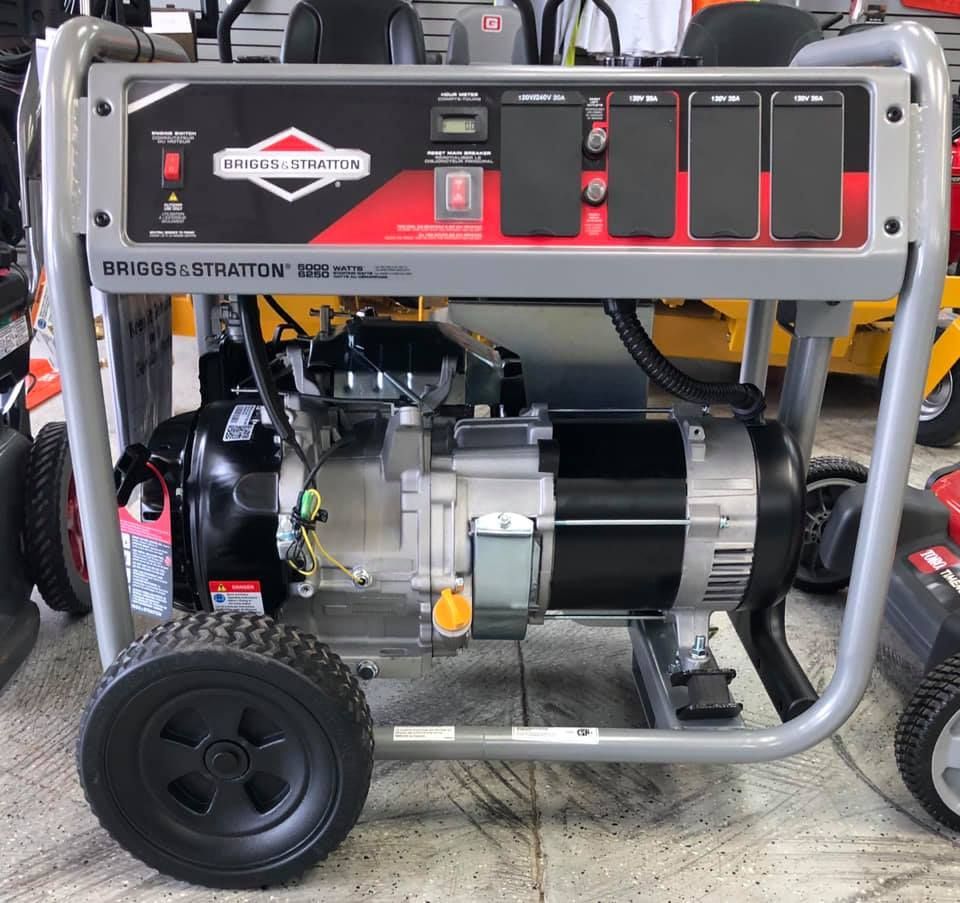
Check Your Generator: Ensure your generator is in good working order.
Perform a thorough inspection before the storm arrives to avoid any surprises.
Review the Manual: Don't rely on memory! Reread the owner's manual (find it online if missing) to refresh your memory on safe operation procedures.
Carbon Monoxide (CO) Detector: Install a battery-operated CO detector in your home.
This alarm will warn you of dangerous CO levels seeping into the building.
Fuel Up Safely and Properly Recommended Fuel: Always use the fuel type recommended by your generator's manufacturer. This protects your investment and ensures optimal performance.
Fresh Fuel is Best: If possible, use fresh fuel for your generator. If using stored fuel (older than 30 days), add a fuel stabilizer to prevent degradation.
Approved Storage: Store gasoline only in approved containers, away from heat sources, to minimize fire hazards.
Generator Placement and Ventilation Open Air is Key: Generators must never be used in enclosed spaces like homes, buildings, or garages, even with open windows/doors. Place the generator outdoors, far from windows, doors, and vents that could allow CO infiltration.
Keep it Dry: Avoid operating your generator in wet conditions. Consider purchasing a model-specific tent or cover for added protection. These are readily available online or at home improvement stores.
Safe Refueling and Power Consumption Cool Down Before Refueling: Always turn off and cool down the generator completely before refueling to prevent accidental fires.
Battery-Powered Generators: For battery-powered generators/inverters, use only the manufacturer-specified charger. Ensure proper charging within the recommended temperature range to avoid battery damage.
Connecting Appliances and Transfer Switches Direct Connection is Best: If you don't have a transfer switch, use the generator's outlets directly to power appliances.
Heavy-Duty Extension Cords: When using extension cords, ensure they are heavy-duty, outdoor-rated, and have a capacity (in watts or amps) exceeding the combined appliance load. Inspect the cord for cuts, and verify the plug has all three prongs for proper grounding.
Transfer Switch Benefits: Consider installing a transfer switch. This device safely connects the generator to your circuit panel, allowing you to power hardwired appliances. Many transfer switches also display wattage usage to prevent overloading.
Important Reminders Never Backfeed: Avoid the dangerous practice of "backfeeding" power into your home's electrical system by plugging the generator into a wall outlet. This can injure utility workers and neighbors, bypass safety measures, and damage electronics or cause electrical fires.
By following these safety tips, you can ensure your generator provides reliable backup power during winter outages while keeping yourself, your family, and your property safe. Remember, a little preparation goes a long way!
M&D offers a great selection of portable generators to power your home or other remote needs!
Check them out here:
https://www.mdenterprisesok.com/generators
Share Our Blog Post(s) However You'd Like!
Contact
Contact Us

